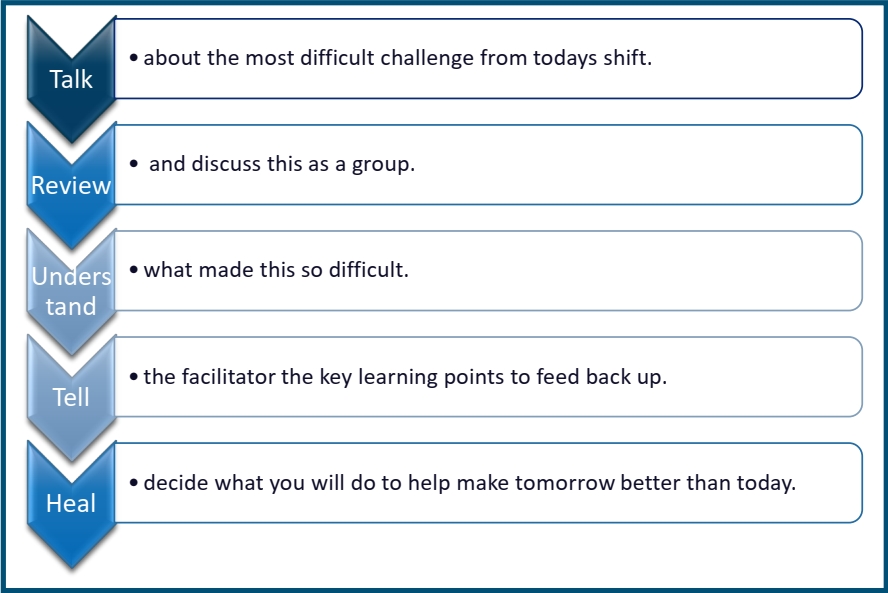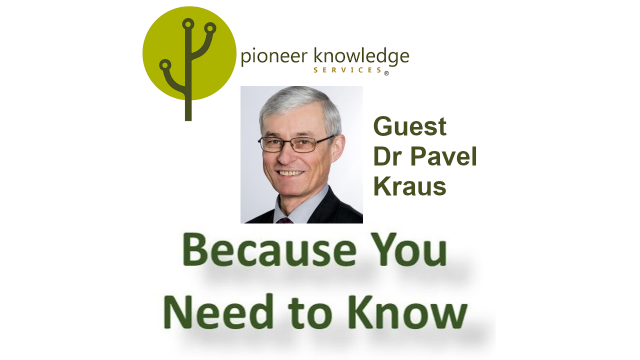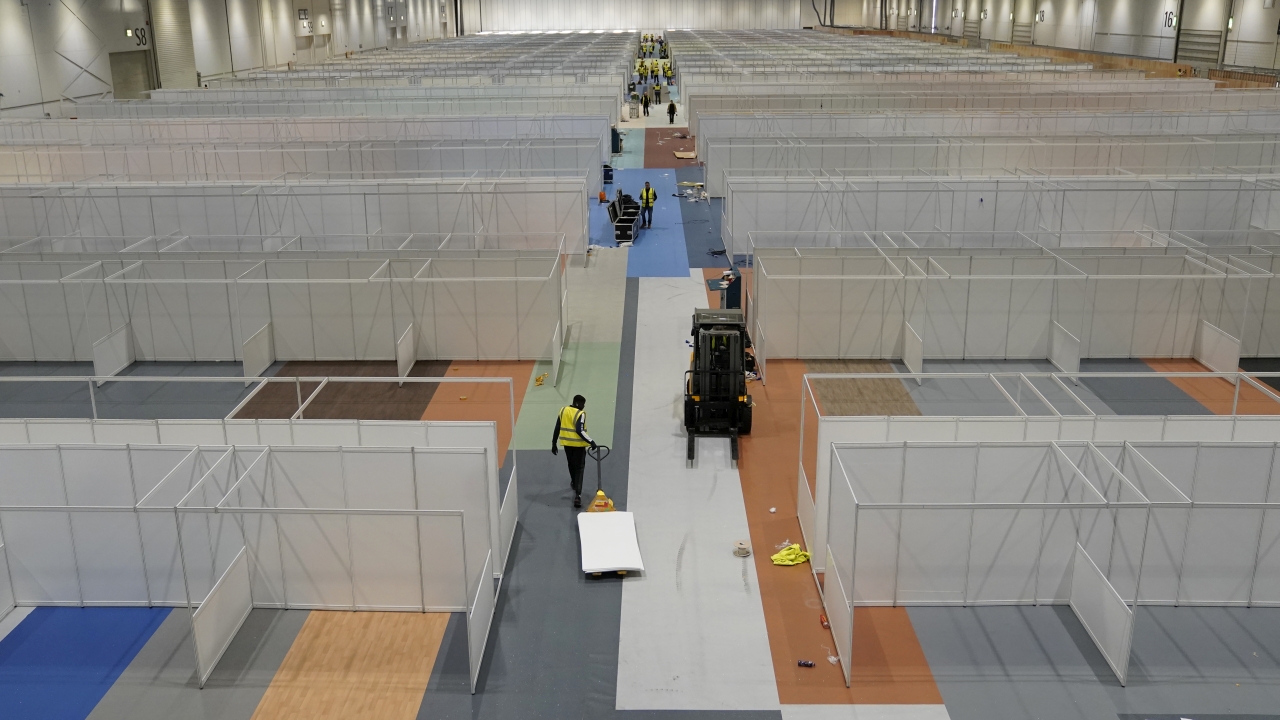
Ground TRUTH After-Action Review (AAR) tool
Originally developed by the U.S. Army, the after-action review (AAR) is an important knowledge management (KM) tool used for organizational lesson learning.
However, the COVID-19 pandemic has highlighted the need for review processes that are more rapid, frequent, and broadly engaging than traditional AAR. I’ve already documented research and case studies in this regard, including articles showing how rapid community-focused learning is already a widely used approach to effective organizational learning in China.
Reflecting the COVID-19 need, psychologists and military personnel in the U.K. have developed the Ground TRUTH After-Action Review tool. The tool developers have research backgrounds in critical incidents and counselling, as well as operational experience, and their work has drawn on research on what works in AARs.
The tool supports adaptive recovery in the intense operational and chronic environment of COVID-19. It also has potential application in other similar environments, for example natural disaster management.
The Ground TRUTH AAR tool aims to:
- Facilitate feedback of important observations from the ‘ground up’ to shape decision-making.
- Prevent burnout by monitoring fatigue, improving stress awareness, and boosting coping.
- Develop shared understandings by identifying learning fast and improving team morale.
- Be easy, rapid, and efficient, with its deployment as frequent as it was helpful (daily, or at least weekly) and brief (sometimes only seven minutes, more often 20).
- Produce data that is easy to manage and easy to interrogate.
The Ground TRUTH AAR framework

With regards to the therapeutic principles enshrined within the tool, the tool developers say they were:
- Non-directive: the tool is user-led and provides prompts to encourage reflection.
- User-centred: the user is always the best person to resolve issues; the tool enables user-centred learning.
- Positive: the user builds resilience through self-empowerment.
Data is hosted on an online platform that can be used by individuals alone, in pairs, or in groups. Data can be extracted to create outputs for teams. Outputs include summaries of categorical data related to issues, successes, goals, learning, and average morale and coping. Outputs can be shared with TRUTH leaders, line managers, and strategic leads.
Leaders can utilise the information to enhance existing infrastructure, such as in team meetings, supervision, debriefs, and reflective spaces, accelerating the ability to get teams to gain a fuller shared picture. Reports are shared via email and in posters in the workplace. Decision-makers respond with key actions in the form of a TRUTH bulletin. Themes are used to shape the offer of staff support responsively and proactively.
Success of the Ground TRUTH AAR tool
The tool developers report that there were many successes, with the tool deployed across over 50 social care, health, and emergency services in the U.K. as well as military settings. One notable success was at Alder Hey Children’s Hospital, which had to adapt to caring for adult patients with COVID-19 in response to pandemic pressures.
Feedback from a two-phase implementation found 98% of staff said the tool was helpful, with one-third of staff reporting feeling better after reflection, and nobody reported feeling worse. This feedback led to Trust Executives at Alder Hey supporting an organisation-wide implementation with a regular TRUTH slot at their monthly strategic meetings. The Communications Department disseminated targeted and solution-focused information in Trust-wide briefings and TRUTH bulletins. This activity led to the Health Service Journal award for Staff Engagement within their ‘flourishing in adversity’ program.
The tool developers say that the key to the tool’s success is recognizing that during fast-moving, high-stakes, and chronic critical incidents, psychological support needs to be rapid, efficient, and responsive to the operating environment. They alert that there is no luxury of time to support staff, nor the need nor utility (during ‘the storm’ itself) for lengthy unpicking and discussion of stress and trauma.
To support staff in such high-stakes environments and enduring times of stress, the tool developers advise that there is a need to recognise tempo, bandwidth, and the importance of listening. Working within the staff’s ‘window of tolerance’ to identify and remove obstacles can support adaptive recovery at an individual and organisational level, improving people management, human performance, and reduced sickness.
The tool is not intended to identify and monitor mental ill health but is aimed at increasing awareness (of self and others in teams), supporting all staff to proactively monitor and boost coping. These insights improve shared situational awareness among teams while also feeding directly up to team leaders and managers, enabling them to respond more effectively to needs and requirements on the ground.
Acknowledgements: Thank you to Matt Treadwell on LinkedIn for bringing the Ground TRUTH AAR tool to the attention of RealKM.
Article source: The Ground TRUTH After-Action Review Tool, CC BY-NC-SA 4.0.
Header image source: Luke Jones on Unsplash.
Also published on Medium.






